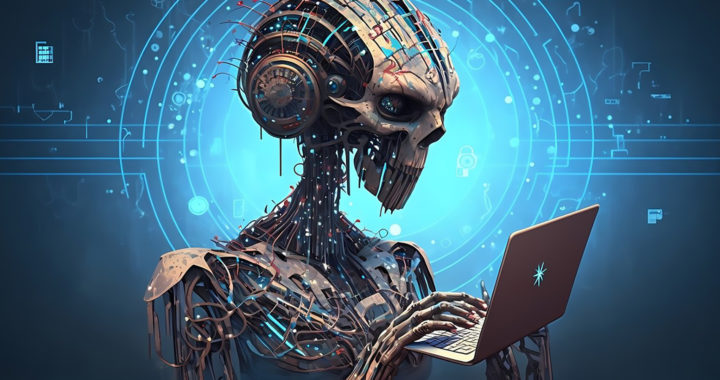The practical applications of deep learning represent advances in artificial intelligence while also highlighting the benefits of machine learning and its real-world use cases, as well as the developments in natural language processing and other goals and fields of artificial intelligence. Of course, like any other technological innovation, it has its advantages and disadvantages or benefits and limitations.
Pros of Deep Learning: Unleashing the Power of Machine Learning through Neural Networks
Deep learning is a subset of machine learning. It is also referred to as deep structural learning and hierarchical learning. At its core is the use of artificial neural networks which are architectures and algorithms modeled after the structure of the human brain.
The advantages of deep learning over other traditional machine learning subsets such as those based on decision trees and linear regression algorithms rest on the fact that it uses a neural network architecture with multiple hidden layers.
Multiple layers can perform much more complex processing and representation of data. They also allow an algorithm or model to learn higher-level abstractions and extract increasingly sophisticated features from the input data.
Below are the specific advantages:
• Learning from Huge Training Data: A deep learning network has hidden layers numbering from several to hundreds as opposed to traditional or shallow networks which have a single or a maximum of two hidden layers. Multiple layers have higher capacities to learn from huge training data sets.
• Greater Capacity Due to Complexity: Machine learnings based on neural networks with multiple hidden layers are suited for large-scale and high-dimensional problems because they have a large number of parameters and can model complicated or complex non-linear relationships in the data.
• Unsupervised and Automated Learning: It can be trained via unsupervised representation learning to learn representations of the data and either perform tasks or initialize supervised learning models. It can also equip itself with useful and relevant features or capabilities without human intervention.
• Adaptability Through Transfer Learning: Models may be fine-tuned or adapted to new tasks with a limited quantity of labeled data by utilizing and leveraging information learned from past tasks. This provides considerable benefit in applications or use-case requirements where labeled data is rare.
• It Can Handle Missing or Absent Data: Another advantage of deep learning is that it can remain functional despite missing data. A particular model can manage missing or absent data by automatically learning to impute missing values. This makes it suitable in situations with noisy, incomplete, or corrupted data.
Cons of Deep Learning: Limitations and Challenges in Developing and Implementing Neural Networks
Deep learning has made AI applications possible. It has made smartphones “smarter” through different AI-based features. It is also the bases of technologies such as facial recognition, generative artificial intelligence, and advanced speech and text detection.
However, it is not without disadvantages or limitations and challenges. The fact that it uses neural networks creates innate problems about implementations due to technical complexities. Neural networks have disadvantages themselves.
Other more specific disadvantages include challenges with interpretability and reliability, high computational requirements, and susceptibility to biases and errors. Deep learning also opens possible ethical concerns and legal issues.
Below are the specific disadvantages:
• Requires Large Amounts of Data: The advantage of deep learning rests on its use of big data as its training dataset. This is also a disadvantage. A model specifically requires large amounts of high-quality data to perform well. This can be difficult to collect because doing so is time-consuming and resource-intensive.
• High Computational Requirements: It is important to note that training a particular model using large datasets requires higher computational resources than other machine learning models. These include powerful central processing and graphics processing units, as well as high amounts of storage and random access memories.
• Tendencies for Overlifted Outcomes: Overfitting is a common problem in deep learning. This is a situation in which a particular model performs well on the training data but poorly on unseen data. Results or outcomes might be rendered irrelevant or inaccurate. This defeats automated learning and transfer learning.
• Specific Problem with Interpretability: Another disadvantage of deep learning is that its models can be difficult to interpret or explain, unlike traditional machine learning algorithms and models. Some might have a hard time understanding how the model operates or its decision-making processes.
• Notable Ethical and Legal Issues: Models can reflect or even amplify existing biases found in their training data. Biased data would result in biased outcomes. Legal concerns also emerge from using private data and intellectual properties. It is crucial to consider these issues when designing and implementing learning systems.

